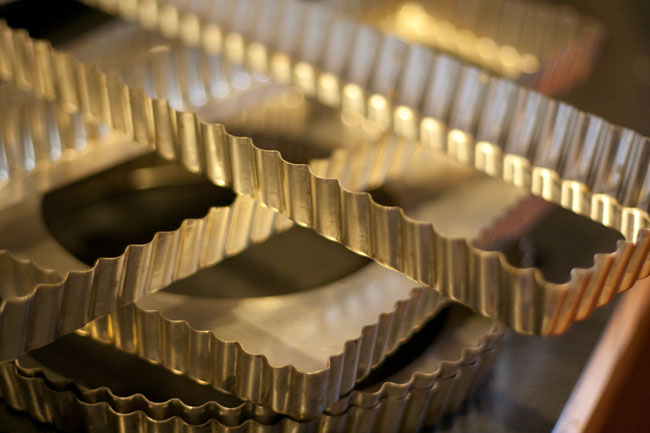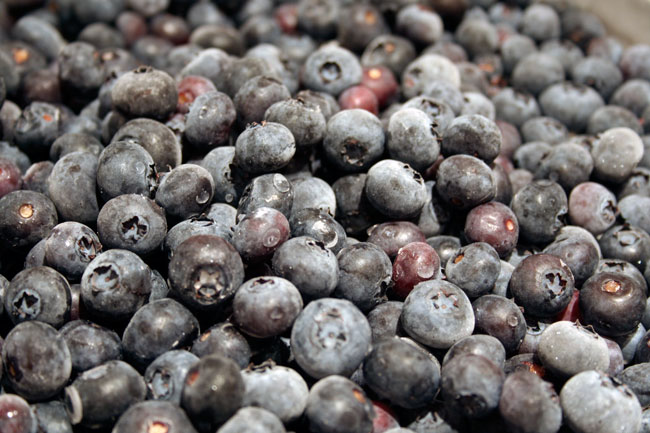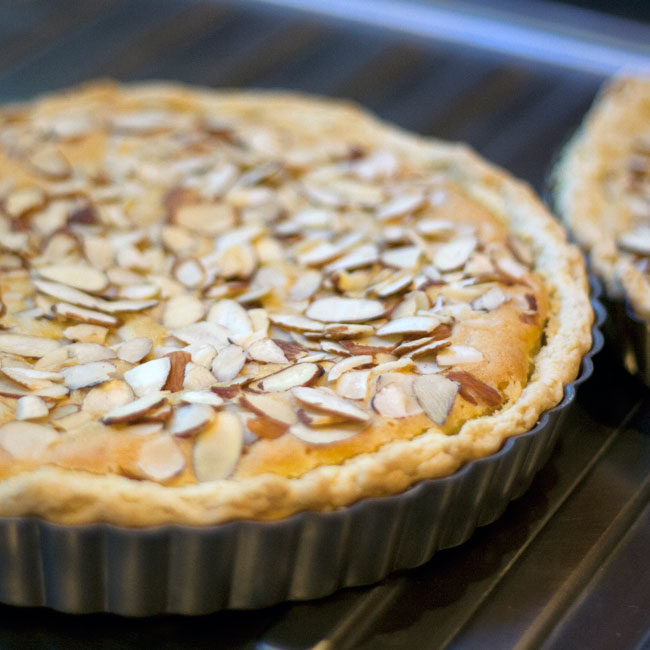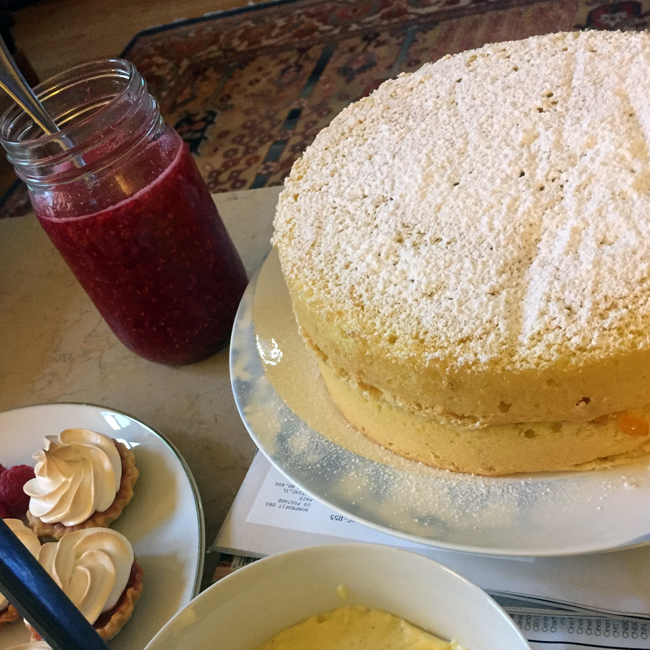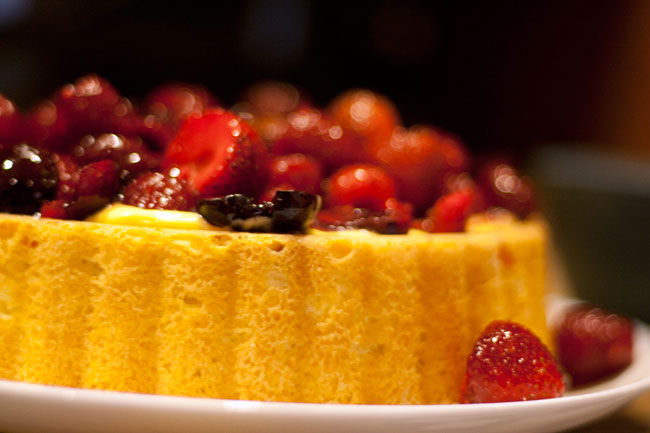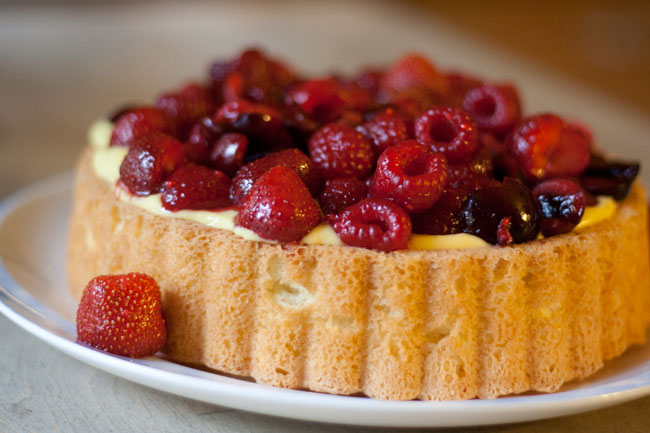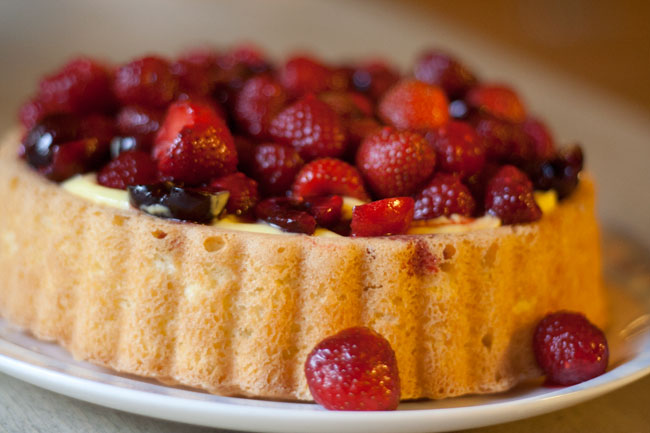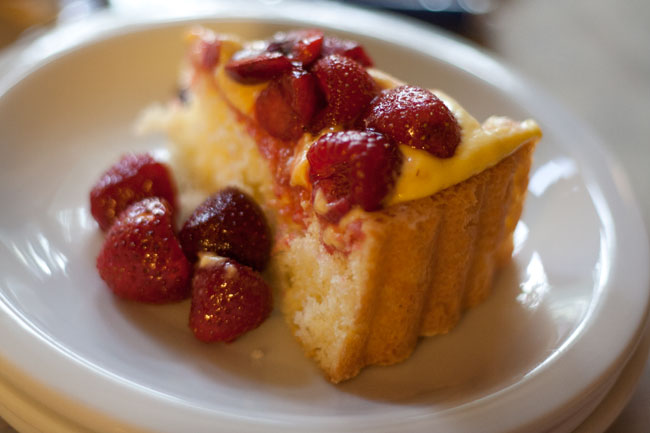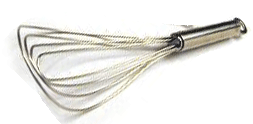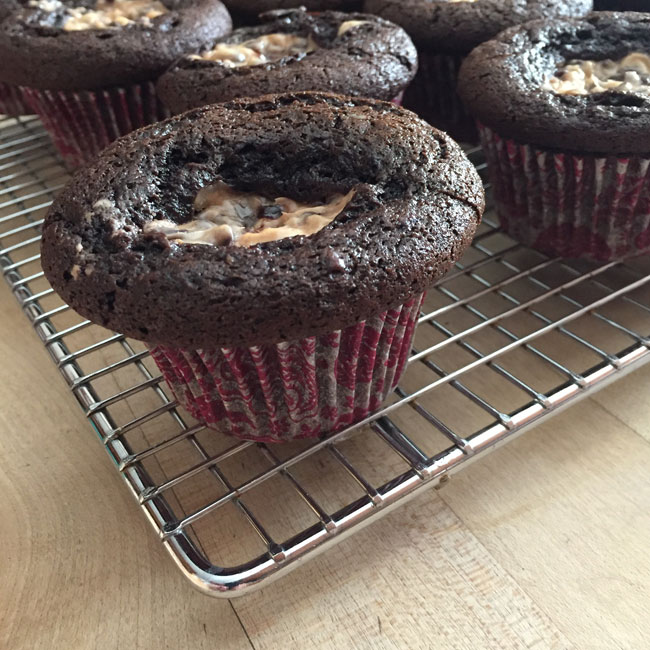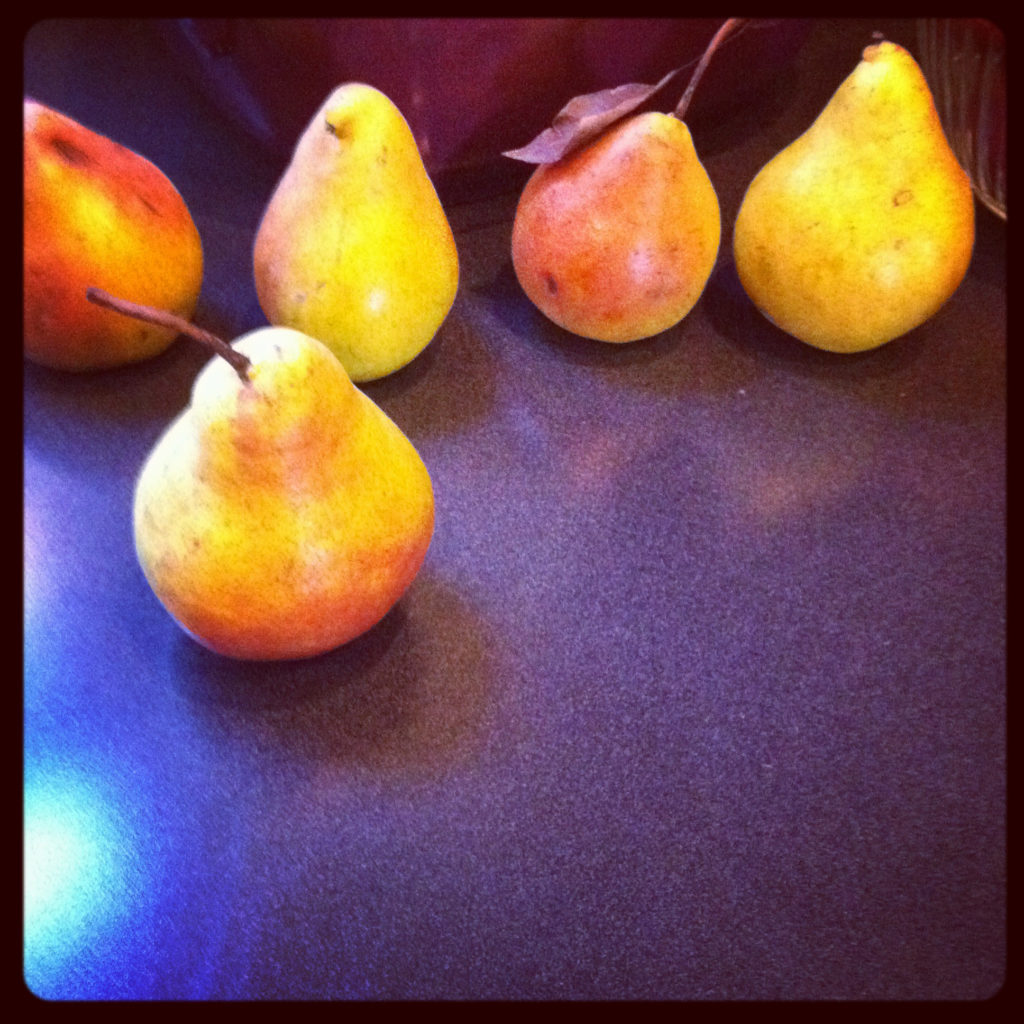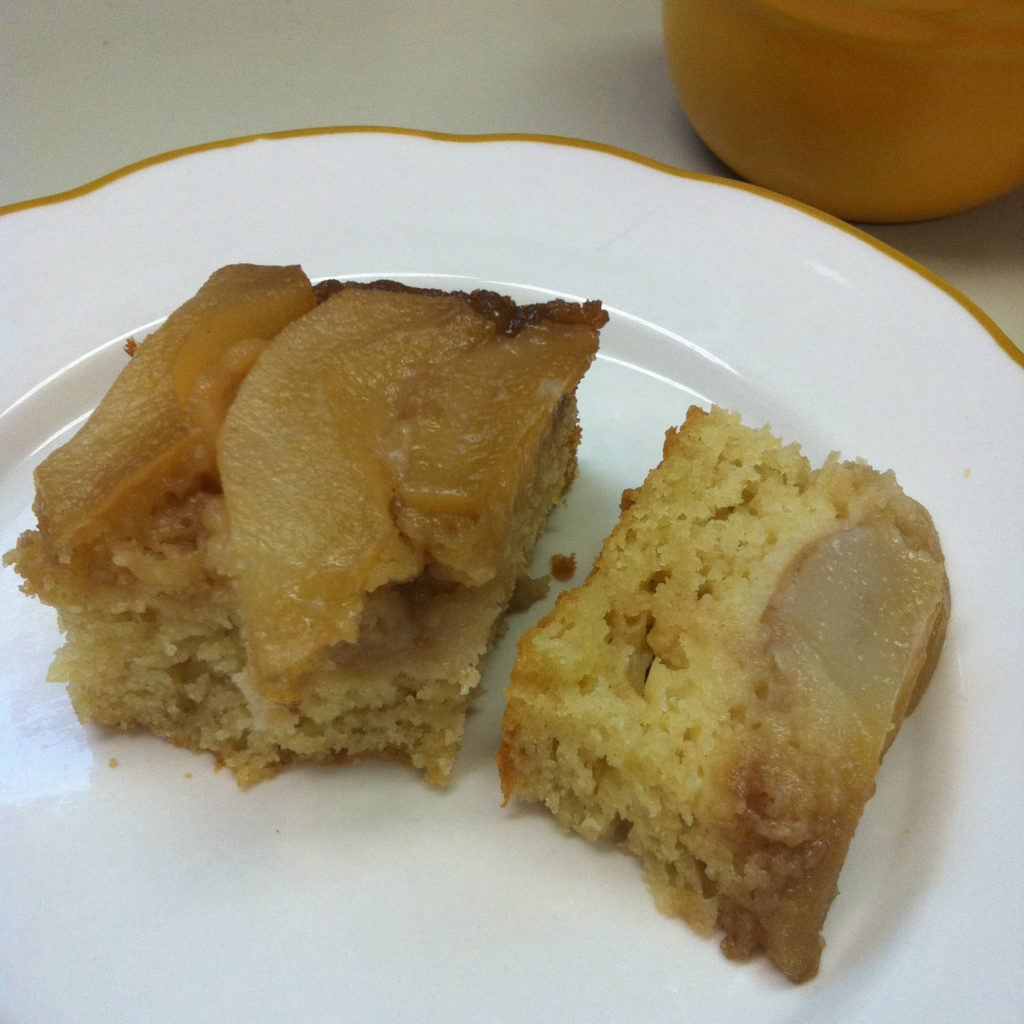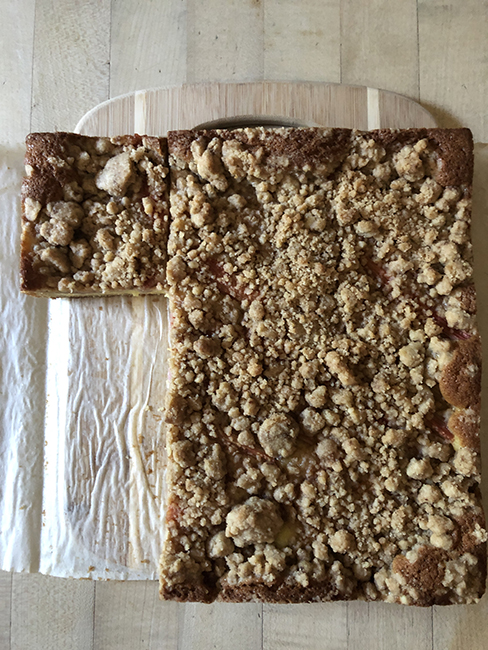
This recipe is based on Nicola Lamb, #17 on her Kitchen Projects substack. I’ve put the ingredients into American measurements for those without the handy kitchen scale so common in British kitchens!
There are 4 components to this cake: roasted rhubarb, pastry cream, crumbs, and cake. Nicola recommends making the rhubarb & pastry cream the day before making the cake.
Roasted rhubarb:
300g – about 10-12 oz. rhubarb, rinsed, trimmed and cut into 3-4 inch lengths
1/4 cup sugar
1/4 cup water or orange juice
grated zest of half an orange (which can provide the juice)
Pastry cream:
1 cup plus 2 tablespoons milk
scant 1/4 cup sugar
3 egg yolks
1 tablespoon cornstarch
1/2 teaspoon vanilla or vanilla bean paste
Crumbs:
7 tablespoons butter
3 tablespoons sugar
3/4 cup flour
pinch of salt
1 teaspoon pumpkin pie spice
1/2 teaspoon cinnamon
Cake:
1 stick plus 2 teaspoons butter, room temperature
scant 1/4 cup sugar
scant 1/4 brown sugar
2 eggs, room temperature (you can sub 1 egg + the 3 whites separated from the yolks for the custard)
1 cup flour, very lightly scooped into the cup
1 teaspoon baking soda
1/2 teaspoon baking powder
pinch of salt
1/4 cup sour cream
Rhubarb: Heat the oven to 350° Toss together the rhubarb, sugar, orange juice and zest, and transfer to a shallow baking dish (like a pie plate) where it will fit in one layer. Roast for about 15 minutes until the rhubarb is tender but not mushy. Cool, cover, and refrigerate overnight.
Pastry cream: In a medium saucepan, heat the milk until just steaming. Meanwhile, whisk the egg yolks, sugar, and cornstarch together in heat proof bowl. Pour the hot milk into the egg mixture in a steady stream while whisking. Scrape back into the saucepan and heat, stirring, until thickened. Try not to let it boil, but if it starts, stir vigorously. Remove from the heat and add the vanilla. Rinse the bowl, and transfer the cream into it. Gently press a sheet of plastic wrap or waxed paper onto the surface of the cream, and refrigerate overnight with the rhubarb.
Crumbs: Melt the butter. Mix the sugar, flour, salt, and spices in a bowl, pour in the butter, and stir with a fork until it forms crumbs. Refrigerate while you make the cake.
Cake & assembly: Heat the oven to 350° Line a 9-inch baking pan with parchment paper. Cream the butter and sugars together either by hand or in a mixer. Add the eggs – it will look curdled but don’t worry about it at this point. Combine the flour, baking soda and powder, and salt in a small bowl, and mix into the butter-sugar-egg mixture. Remove form the mixer and fold in the sour cream with a spatula.
Spread the batter into the baking pan and smooth it. Dollop the pastry cream on top, and arrange the rhubarb on top of that. Crumble the crumbs over the top, trying to leave some of the cream and rhubarb showing (mine didn’t, much).
Bake for 40-50 minutes – Nicola says until there’s “only the slightest hint of wobble in the center”. Cool for 1-2 hours if you want it to cut neatly, and not squish.
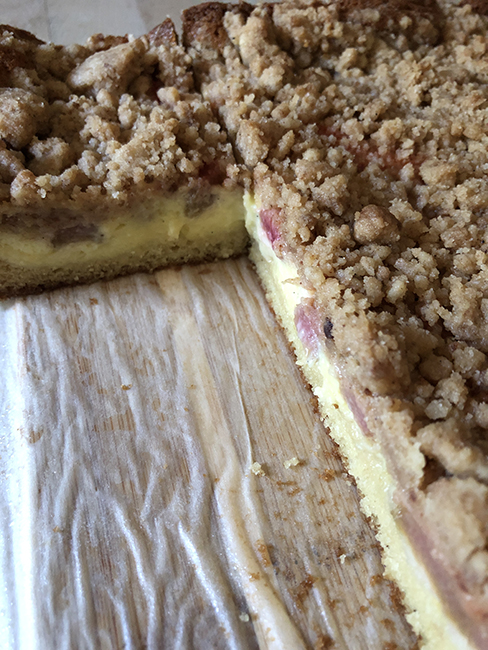
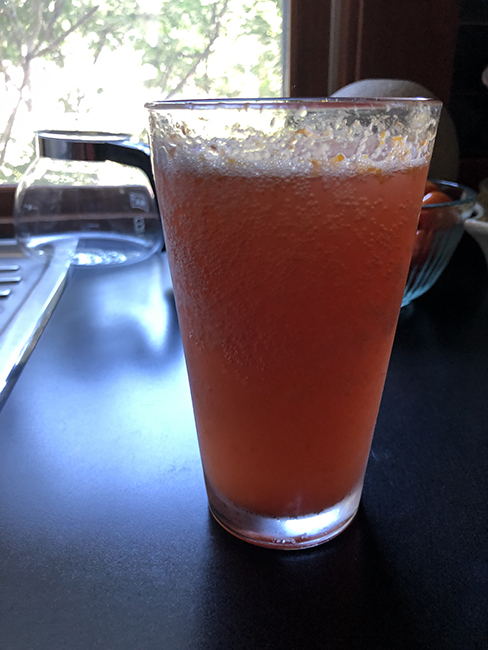
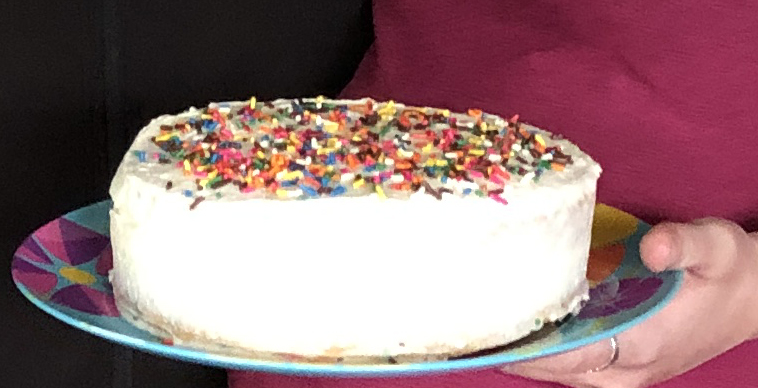
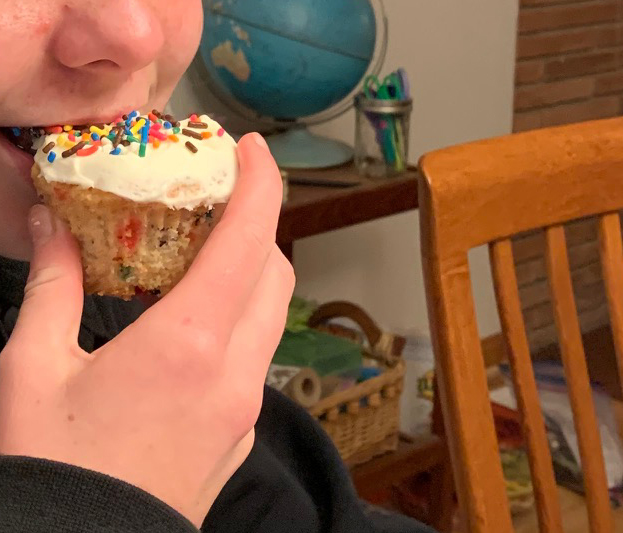
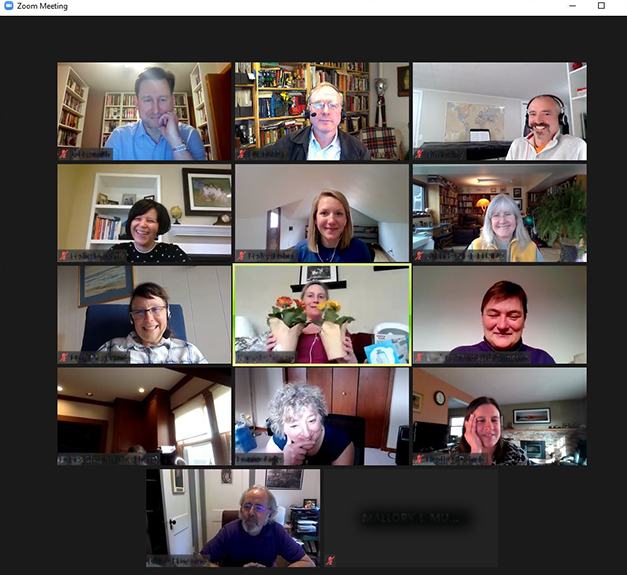
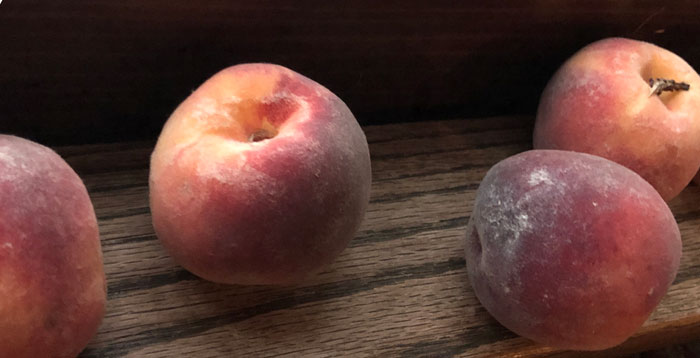 Based on a Smitten Kitchen recipe, (
Based on a Smitten Kitchen recipe, (